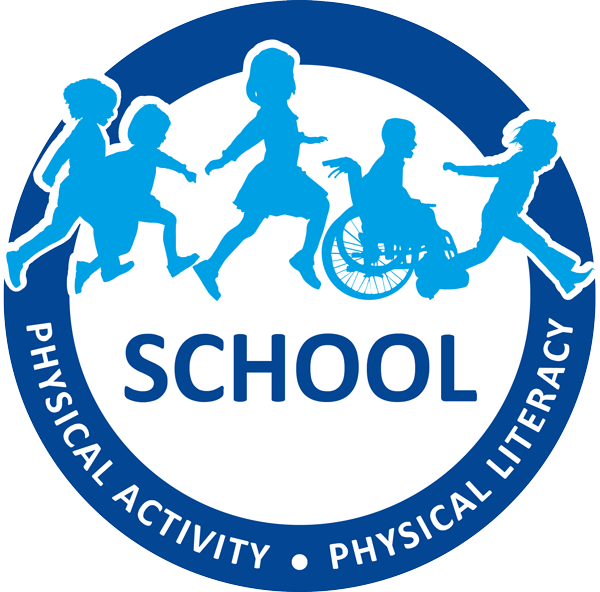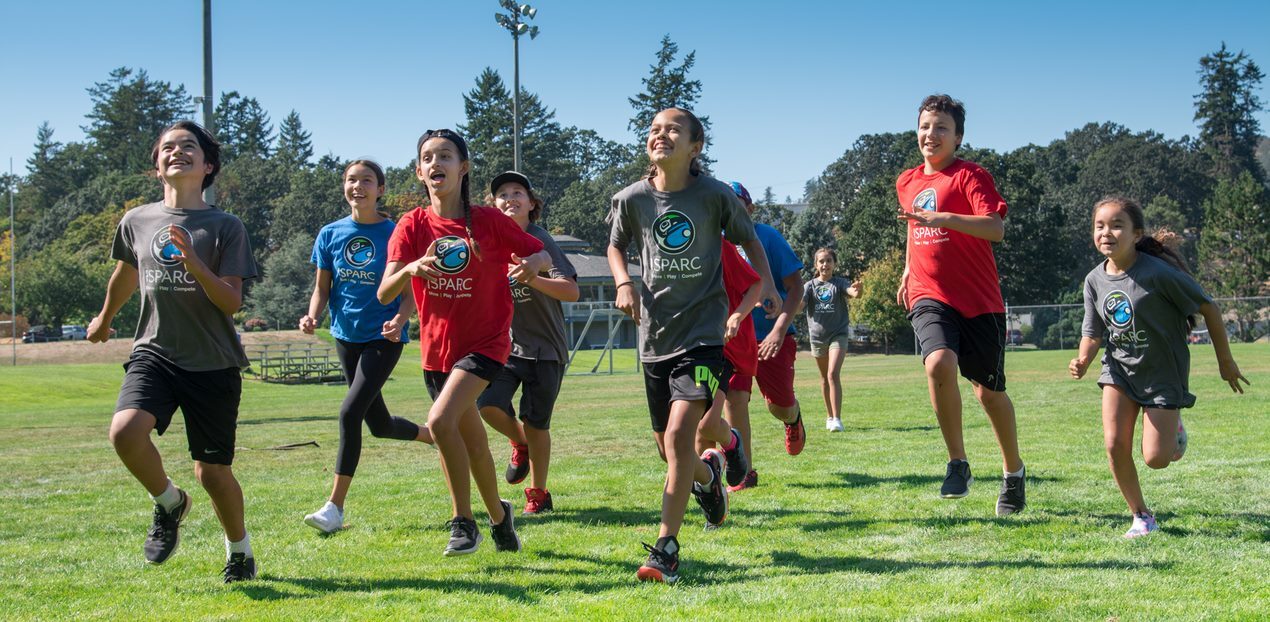Increasing knowledge on Indigenous perspectives of health and wellness to support Indigenous students in a culturally safe way, is something we can all do as educators to create welcoming spaces for students and learn more about the land where we each live, work and play today.
In celebration of Indigenous Ways of Knowing, and with International Inuit Day on November 7, here are three Inuit games and activities to try with your students:
Two Foot High Kick
A traditional Inuit game focusing on jumping, balance and coordination.
Setup
- Tie one end of a rope around a beanbag and the other end through a basketball hoop or have students hold a floor hockey stick with the rope tied to the end away from their body. The beanbag should hang just above the knee.
- If you tie a piece of faux fur to a string tied to a long stick, that is an excellent representation of the Inuit game piece.
- Place mats around the area where students are jumping in case they fall.
- Educators are encouraged to take students through a dynamic warm up focusing on the major muscles in the legs (quads, hamstrings).
Instructions
- Place students in groups of 4-5.
- Students line up, and face either the student holding the rope or the beanbag hanging from the basketball hoop.
- On the educator’s signal, those students must jump off the ground with both feet, kick the beanbag with one foot, and land on two feet.
- Switch students holding the rope so everyone gets a turn.
- Increase the beanbag height with the progression of skill.
Cues for Jumping and Kicking
- Bend your knees to increase explosive power in the legs for jumping.
- The higher your jump, the more time you have to kick the beanbag.
Safety
- Ensure students are kicking the beanbag one at a time.
- Make sure holders of the rope have their arms extended to avoid being kicked.
Cultural Awareness
- Teamwork, bonding and good energy are Indigenous views.
- Students should be aware that hunters always went out as a team and the success of the hunt depended on them all working together. When doing the activity, students should be encouraging each other, not seeing who is the best.
Dog Sled Races
Fun activity developing cooperative skills.
Setup
- Divide students into teams of 4-6.
- Use cones to mark the distance teams must travel.
- Teams start at one end of the gym, single file, and must travel the full distance of the gym before returning to the start position.
- If playing on the land, teams start at the designated start line single file, and they must travel 20-metres before returning to the start position. Instructions
- The first student on each team runs the full distance of the gym (or 20 metres), turns around, and runs back to their team.
- The following student in the line holds onto the first student’s shoulders, creating the sled; both students face forward.
- Students will then run the designated distance and back to their team, still holding onto the shoulders of the student in front of them.
- Each time the sled returns to the team, they pick up another student and run the designated distance, maintaining contact at the shoulders with the student in front of them.
- If the sled breaks, teams must start all over from the beginning.
Cultural Awareness
- Inuit people depend on the team; it’s the strength of the bond, not the race, that is important.
- The bond we create helps the survival and cooperation of people in our circle on whom we depend. Bring good energy and positive thoughts for each other and ourselves.
- Honesty and integrity are more important than winning.
- Teamwork, bonding and good energy are Indigenous views.
Toe Jump Relay
Students work on balance, hopping and body control.
Setup
- Using cones, mark a playing field.
- Divide students into teams of 4-6.; divide those teams into two subgroups.
- Subgroups start on opposite sides of the playing field.
Instructions
- Toe jump relay starts with one student from each team holding one set of toes while hopping across the playing field.
- Teams try to complete as many successful relays as possible within the time limit.
- Educators are encouraged to have students switch hands and toes.
- Students can hold onto their ankles if it’s too challenging to hold their toes.
Cultural Awareness
- The Inuit have always enjoyed a variety of games and sports.
- Skills developed by these games were often those necessary for everyday survival in a harsh environment.
- Thus, the game aims to develop physical strength, agility and endurance.
These and more Indigenous activities can be accessed through the downloadable resource Games Celebrating Indigenous Ways of Knowing or on PLAYBuilder—sign-up for PLAYBuilder is free for B.C. educators!
The School Physical Activity and Physical Literacy project’s Indigenous resources have been created in partnership with the Indigenous Sport, Physical Activity and Recreation Council (I·SPARC). I·SPARC is committed to meeting with communities for input and knowledge-sharing surrounding these resources and their delivery, to ensure B.C. educators have access to relevant resources that consider the First Peoples’ Principles of Learning.

